USA Trains
PO Box 100
Malden MA 02148
Prices: All cars are $479.95 ea. except the Vista Dome and observation, which are $499.95 ea.
Website: www.usatrains.com
Mostly metal passenger cars; extruded aluminum body; five different body styles; sprung, diecast-metal trucks with metal wheels; LED interior lighting; opening doors and fold-down steps; full underframe detail; full interiors with painted figures; working knuckle couplers; rubber end diaphragms; separately applied details; lighted drumhead and markers on observation car. Dimensions: length, 33″; width, 41/8″; height (not including dome car), 57/8″. In 1:29 scale, this works out to 79’9″ x 10′ x 14’2″, respectively
Pros: Accurate body types for a variety of different roads; high level of detail; robust construction; full, lighted interiors with figures; sprung trucks; accurate representation of prototypes; complete underbody detail; on/off switch for lights
Cons: Some details a little fragile; diaphragms do not compress; wheels shiny silver
Five different body styles are offered to be prototypically correct for various railroads (see below). These include (A) corrugated roof and sides; (B) smooth roof and sides; (C) smooth roof, corrugated sides; (D) corrugated sides, smooth roof; and (E) corrugated roof and sides with smooth letterboards. Road names and paint schemes include Santa Fe (silver, body style C); California Zephyr (silver, body style A); Pennsylvania RR Broadway Ltd. (tuscan and black, body style B); Pennsylvania RR Congressional Ltd. (silver, body style E); New York Central 20th Century Ltd. (gray and black, body style B); Union Pacific City of Los Angeles (yellow and gray, body style B); Northern Pacific North Coast Ltd. (green, body style D); and Southern Pacific Daylight (red, orange, and black, body style C).
In each of the above road names, the following rolling stock is available: observation, coach (2), diner, sleeper (2), Vista Dome (where appropriate—2), baggage car, and combine. The cars can be purchased separately or in sets of (usually) 10 cars. The variety of cars available for each road name is predicated on the actual prototype consists. Trains like the California Zephyr and the Northern Pacific ran more Vista Domes, so there are four different versions (car name or road number) available for those trains. Also, the Congressional Ltd. has a proper square-end observation car.
Sent for review were a Santa Fe Vista Dome and observation car. These are all-silver cars with type-C bodies. Individually, each car is impressive, being full-length models of 80′ passenger cars. Consequently, they require wide-radius curves. The manufacturer claims 4′ for the minimum radius, and no doubt the cars will negotiate a curve as tight as that, but they’ll look far better going around curves of at least 10′ radius.
Each car has an extruded-aluminum body and it rides on sprung, die-cast metal trucks. The detail level is exceptional. Wheels are all metal and are quite shiny. To my eye, they’d look better toned down a little. Power for lighting is picked up via sprung brushes that contact the backs of the wheels on one truck. Each car weighs close to 10 pounds and is free rolling.
Complete underbody detail is supplied on each car. There is also an on/off switch for the interior LED lights. On the observation car is a three-way switch so that you can turn on all lights, no lights, or just the drumhead and end lights. The observation car also has directional lighting on the rear center light—white in reverse and red when traveling forward. There are soft rubber diaphragms on the cars. These do not compress. However, the coupler position is such that the diaphragms don’t actually touch. Consequently, the spacing between the cars is somewhat more than prototypical.
All cars have complete interiors, including painted figures. These are particularly visible in the dome car. The cars are not heavily populated but there are enough people inside that you notice. Also, many of the gentlemen are wearing suits and ties, appropriate to the era. Additional figure sets are available from USA Trains. The dome car includes soft plastic, add-on roof antennae, which the purchaser must install. These just slip into holes, though they could be glued in place.
All doors are openable and are all spring loaded. Vestibules also have fold-down steps, as per the prototypes. When the steps are in the “down” position, a floor trap folds up to keep the door open. I don’t recall having seen a feature like this on model passenger cars before, and I like it. It gives an added dimension to trains standing in stations, while passengers on the platform mill about or wait to board.
Overall, these cars look terrific. Their construction, finish, and long list of additional features represent the pinnacle of modern day, large scale, rolling-stock production, in my opinion. A train of them would be an impressive sight on any railway with a track that could properly accommodate it.





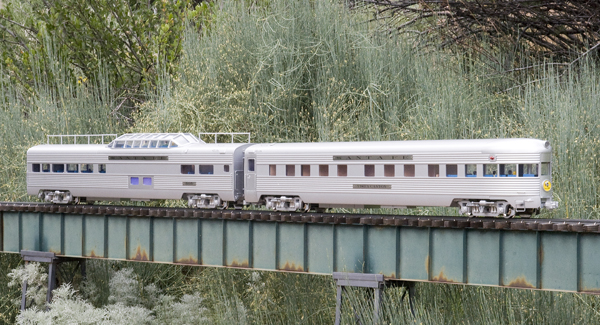
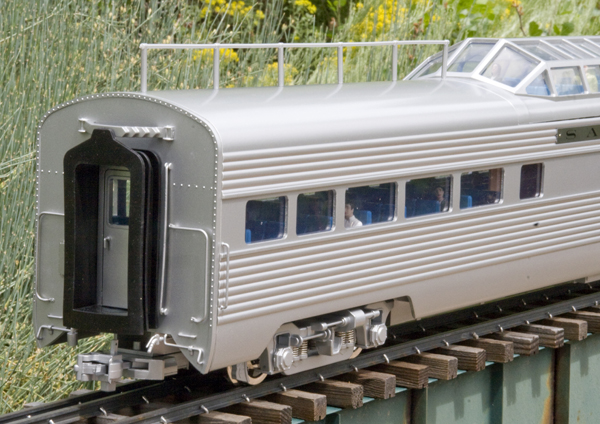
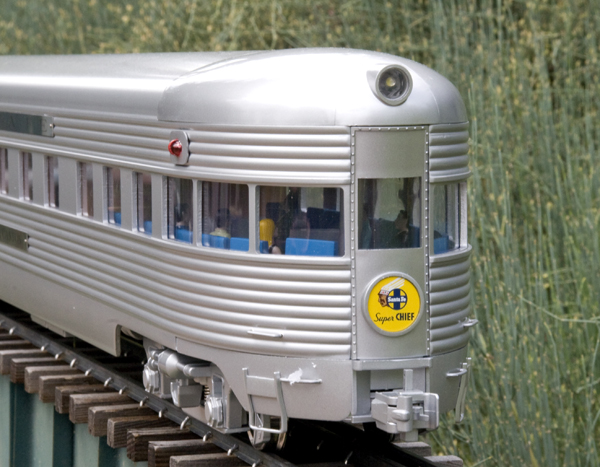
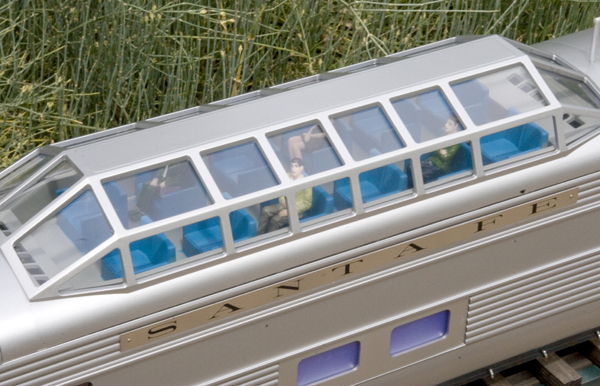
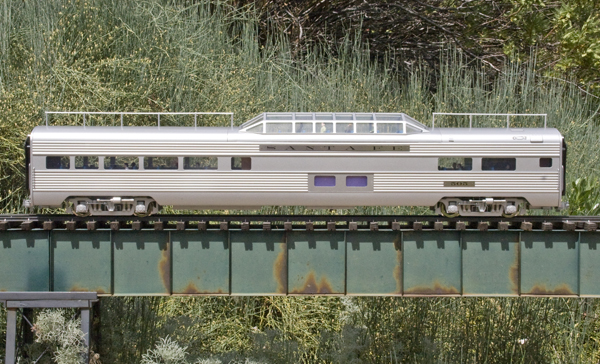
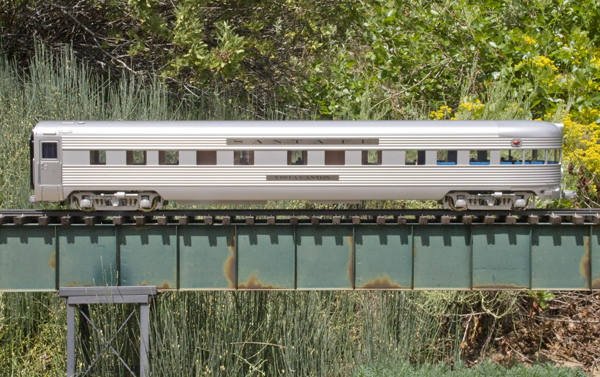
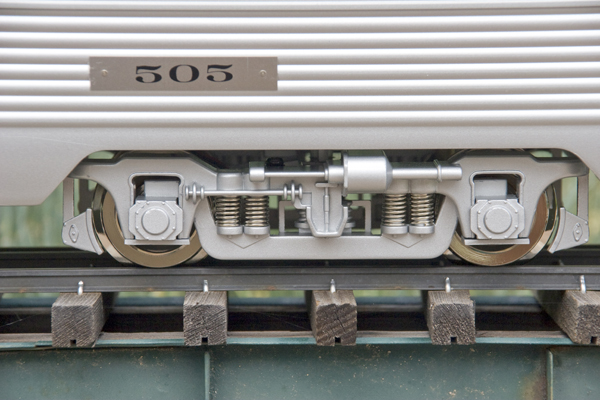
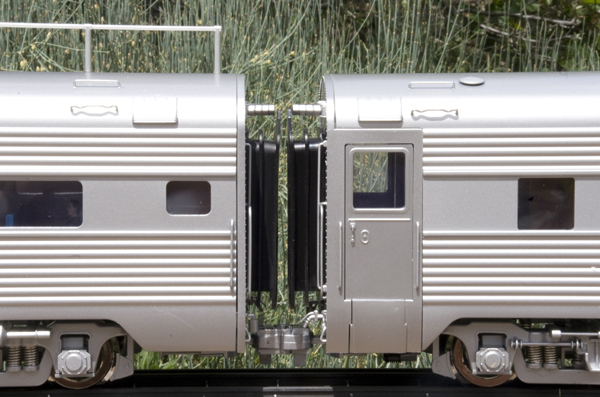
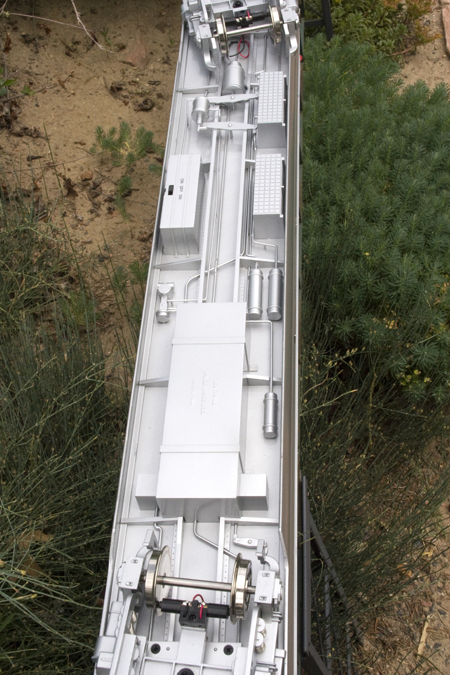
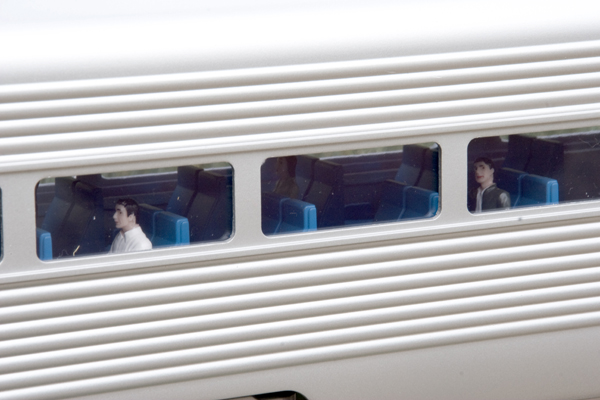

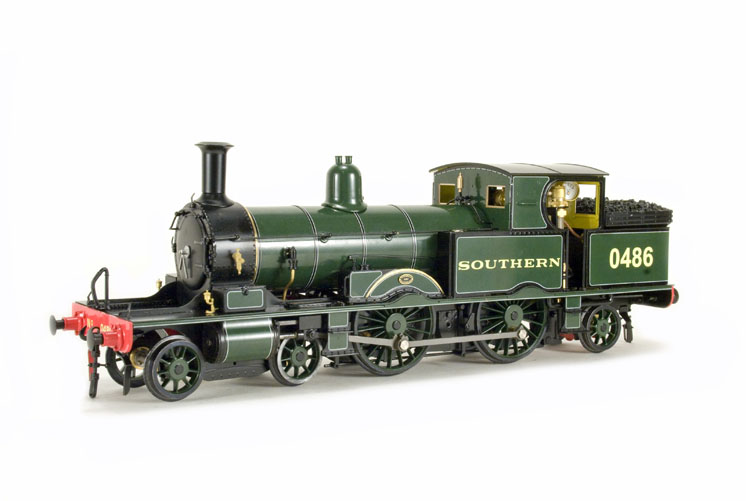
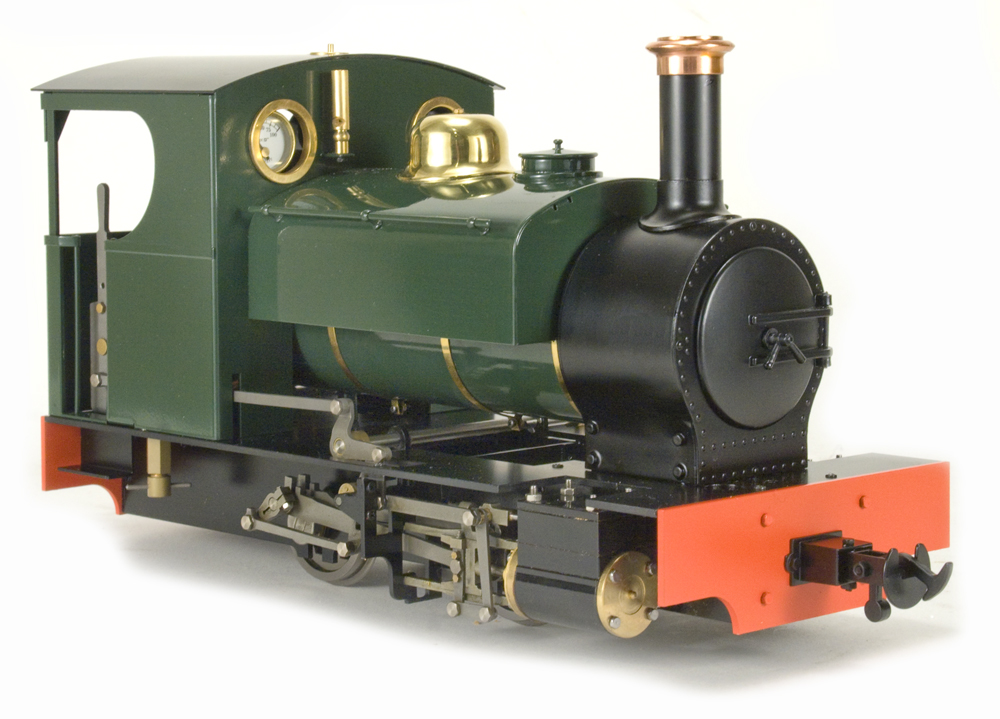






Thank you Marc for another professional review. Indeed, USA Trains models are great looking cars from the Postwar Golden Age of streamline passenger trains. Were the Aristo Craft aluminum passenger cars also 1:29 (albeit shorties) scale? In the price range the Aristos fit most budgets especially those of us on fixed incomes due to retirement. In addition, do the USA Trains models follow the Pullman-Standard design or Budd? They appear to be P-S but I’m not the one to judge.